Water Reuse Resource Hub by End-Use Application
This page is organized by water reuse application, reflecting the recycling of an alternative source of water that is adequately treated for its intended use. Each end-use page compiles resources such as state policies, webinars, information about typical source waters, and publications. Collectively, these materials inform, document, and share stories of approaches taken by communities to initiate and implement water reuse.
-
Potable
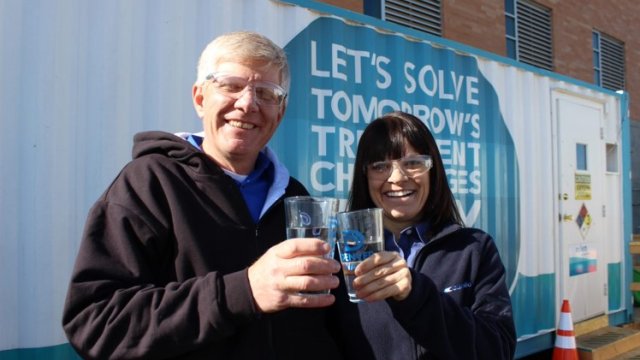
Highly treated water that is reused for drinking water and meets or exceeds federal Safe Drinking Water Act standards.
-
Onsite Non-Potable
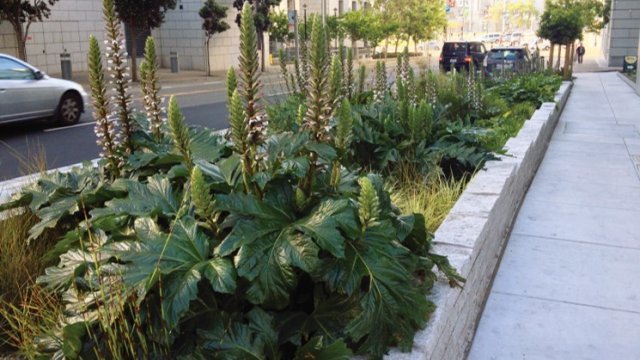
Water that is collected, treated, and reused at single district or building scale for non-potable applications such as toilet flushing or dust control.
-
Centralized Non-Potable
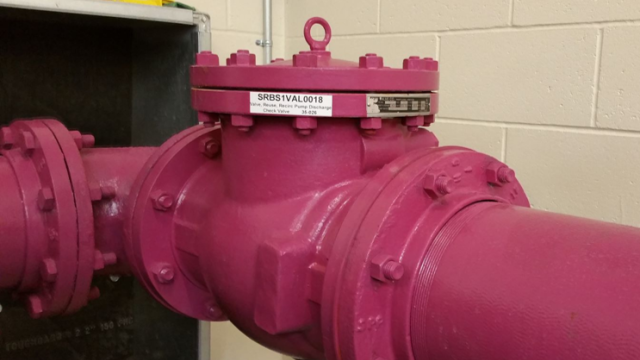
Water which is generated and treated in one location and then reused in another for non-potable applications, including snowmaking or street cleaning.
-
Agriculture
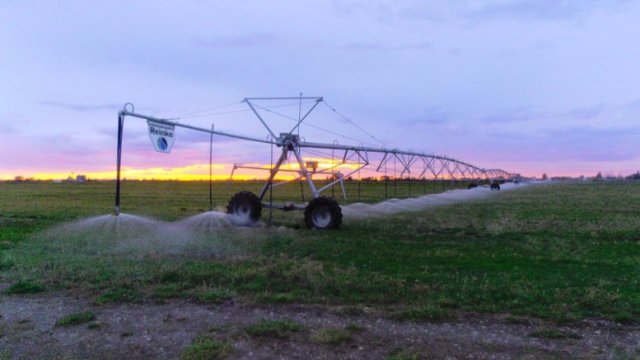
Water from a farm or local wastewater treatment plant that is appropriately treated and reused for the production of crops.
-
Consumption by Livestock
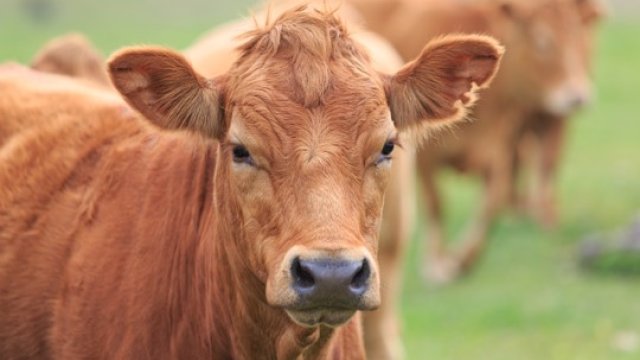
The use of water recycled from a farm or local wastewater utility for consumption by livestock.
-
Landscaping
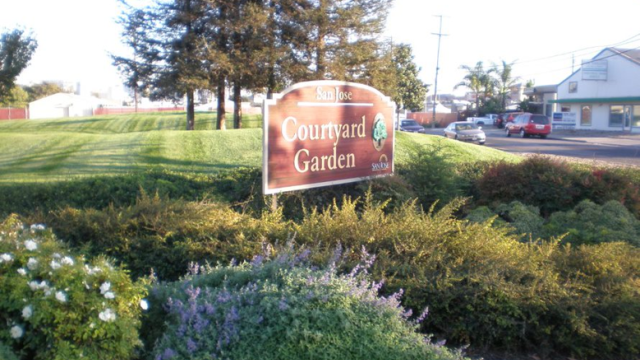
Treated recycled water used for the irrigation of land containing non-edible vegetation.
More End-Uses for Recycled Water
-
Impoundments and Reservoirs (Recreation and Ornamental)

The reuse of water for ornamental ponds or reservoirs that are designed for boating and recreating.
-
Environmental Restoration
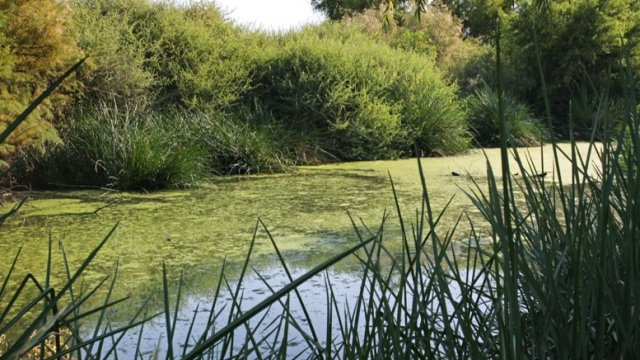
Recycled water used to sustain and develop ecosystems such as wetlands, create a buffer against storm surges, and support natural habitats.
-
Industrial

The use of recycled water treated for industrial applications, including car manufacturing and data centers.
